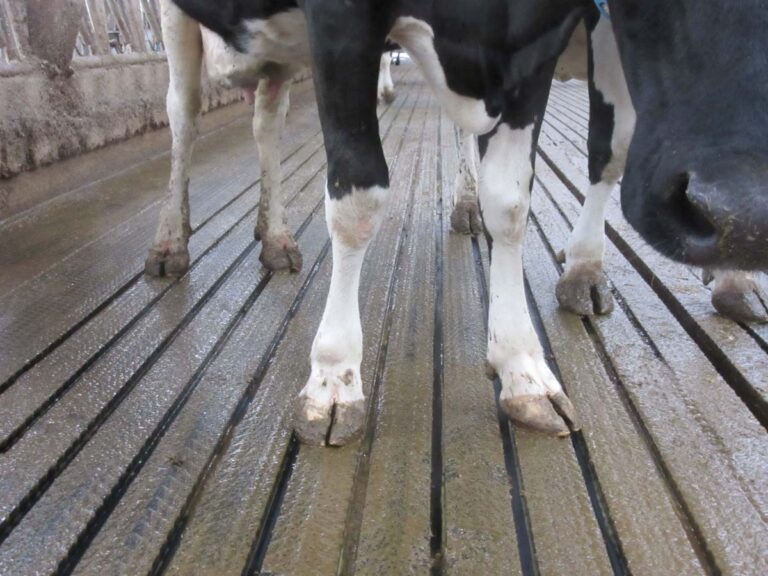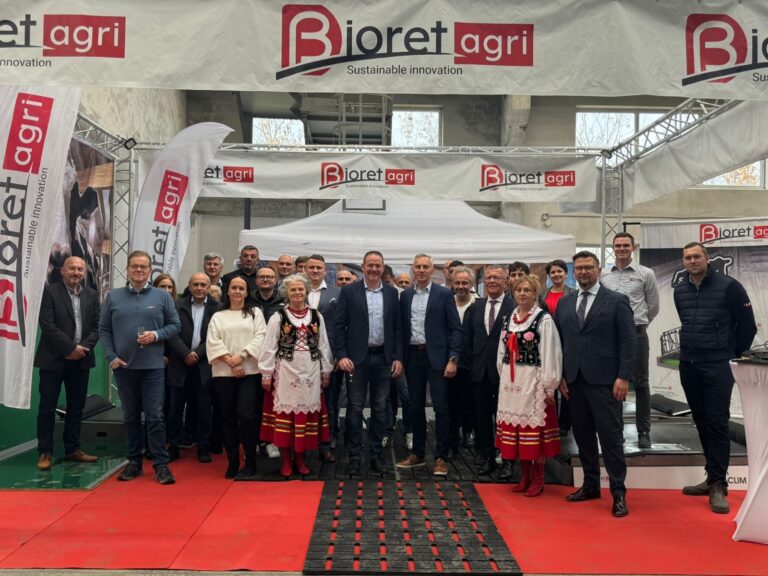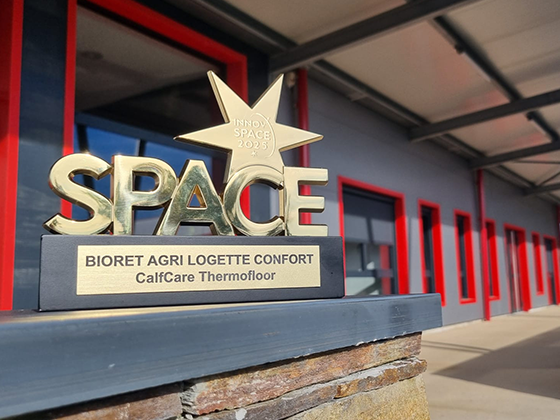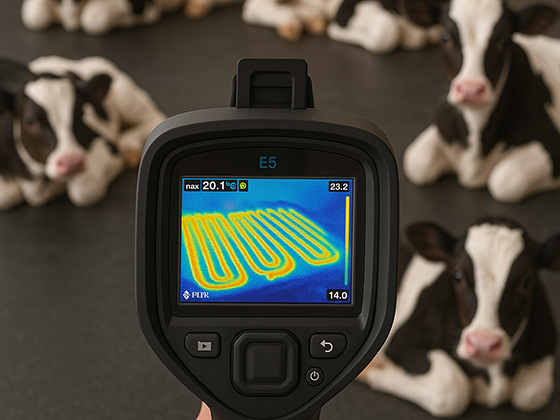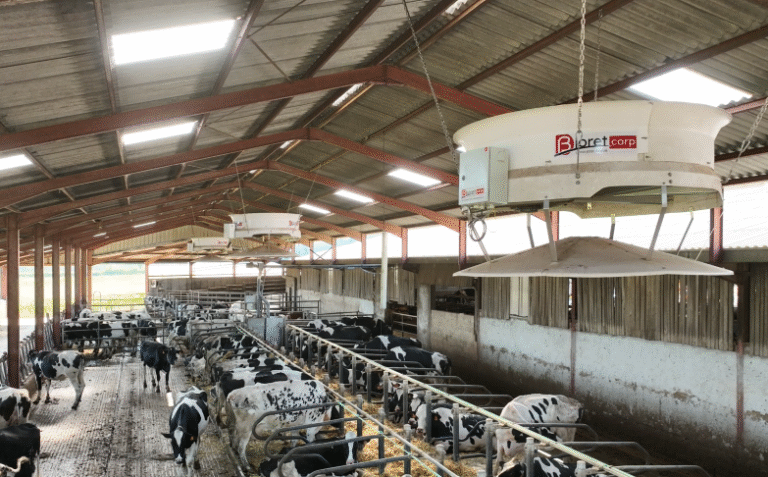To keep animals performing at their best and to capitalize on genetic progress, it is normal to cull certain cows and introduce heifers into the herd. We speak of voluntary culling when the farmer decides to cull a cow that does not meet their expectations in terms of milk quantity or fat content, or calving interval. We refer to involuntary culling when the farmer is forced to cull a cow due to health problems. The top three most frequent causes of involuntary culling are mastitis, infertility, and lameness.
Several factors cause lameness. In 90% of cases, they are injuries or infections of the hooves (sole ulcers, foot rot, interdigital dermatitis). Lameness can also be caused by joint problems or poor horn wear. On hard, abrasive surfaces like concrete, leg problems are more common because the horn is weakened, and sole injuries are more frequent. Humidity and stagnant manure are aggravating factors by promoting bacterial growth.
Lameness increases the risk of culling
Lameness triples the risk of premature culling. Indeed, a lame cow will move less to eat and drink, which will affect its production level. The Institut de l’Élevage estimates that in cases of severe lameness, milk production can decrease by up to 36%. In addition, a cow with foot pain will show fewer signs of heat, making it more difficult to identify the right time for insemination. This results in a non-pregnancy rate multiplied by 15 for cows with a recurring lameness problem. In addition to these production losses, there is the time spent treating lameness and its direct cost, estimated at around €250, which explains premature culling.
The financial impact of this early culling is all the more significant when considering the cost of raising the heifer, which is approximately €1,500. It will take 2.5 lactations to amortize this rearing cost through the sale of her milk. If we are forced to cull her before then, we lose money because the price of the cull will not compensate for the rearing cost.
Invest in Magellan mats to reduce the cull rate due to lameness
Before the installation of Magellan mats in the barn of Gaec Etang de la Roche, located in Marsac sur Don (44), the scarification of the concrete had an abrasive effect on the sole of the hooves, causing numerous lesions. « All the first-calf heifers started limping. Half of the herd experienced more or less severe lameness and about twenty cows out of 180 were culled for this reason », recalls Stéphane Roué, one of the partners of the Gaec. « With the installation of the mats, in 6 months, we went from 25% of cows with lameness to only 2 or 3%. The cull rate for lameness is almost 0 ».
